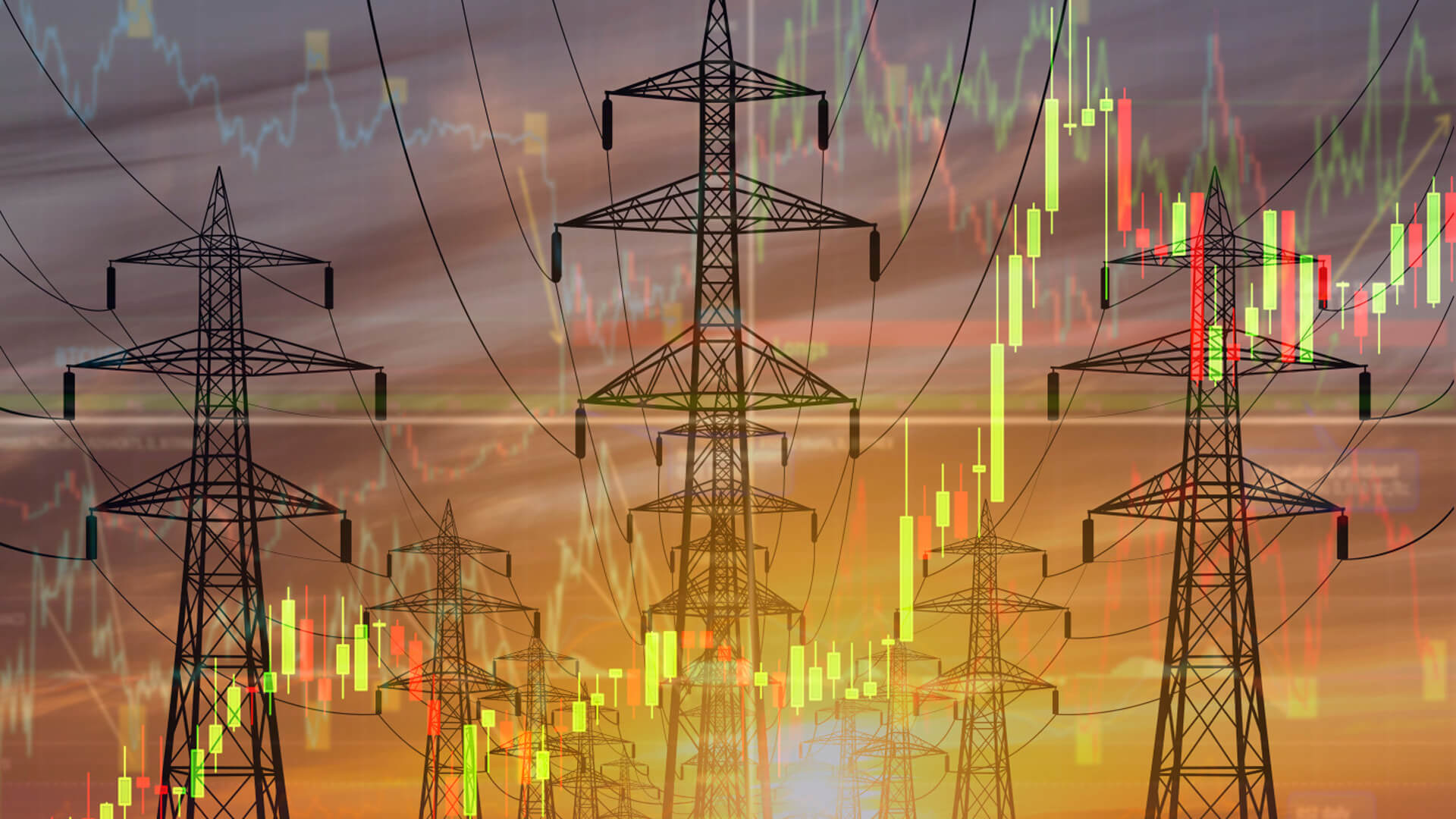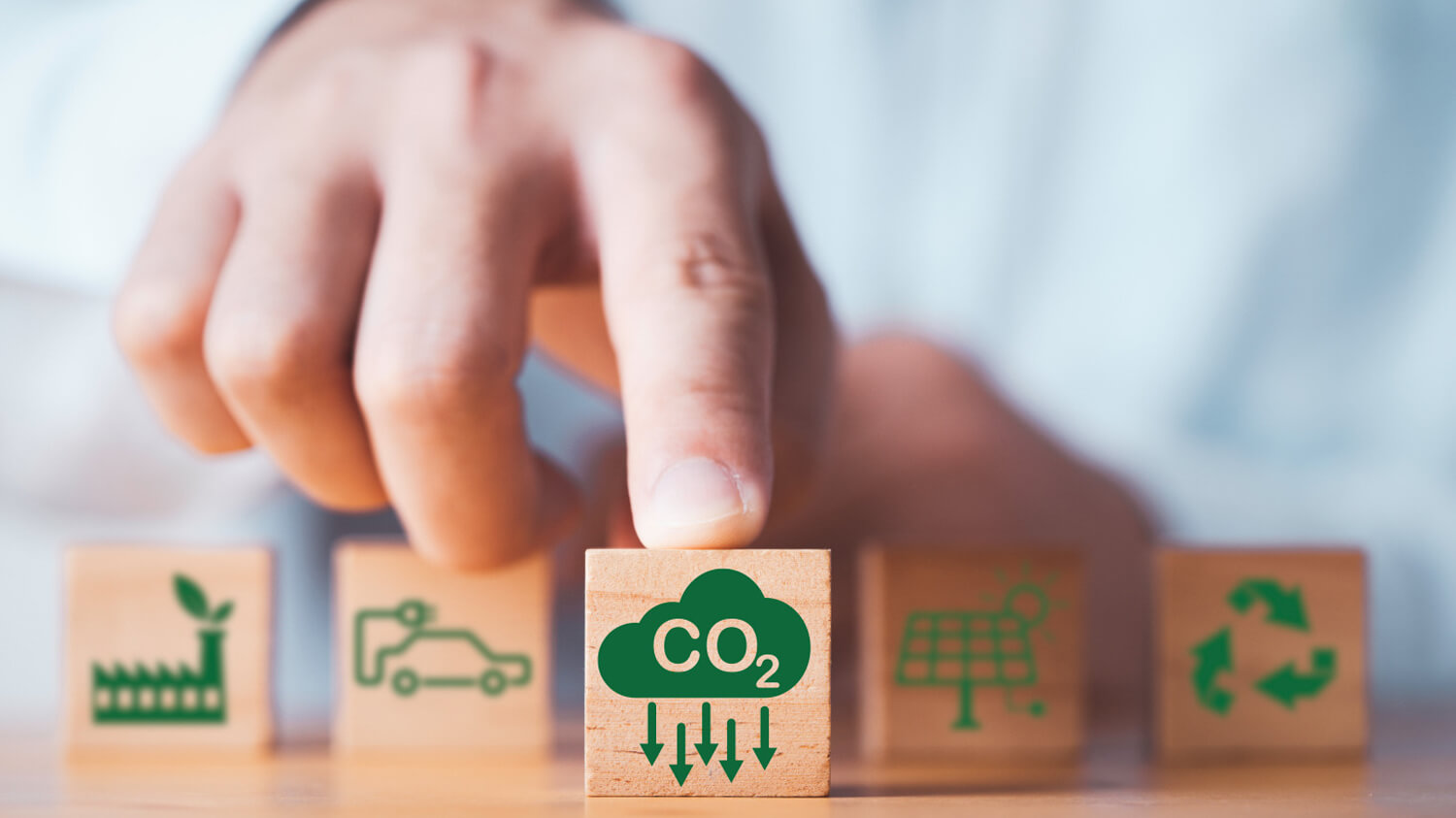
HPM focuses its efforts on energy efficiency
Efficiency is a top priority for us here at the High Performance Metals (HPM) Division—and this also concerns our energy use. There is great potential here for cutting emissions and costs, as well as for promoting alternative energies. Increasing energy efficiency by at least 2% per year has been a key part of HPM’s goals for several years. Meanwhile, we are advancing energy efficiency measures even further through the inSPire Climate Impact pillar. It is particularly important to share and utilize existing knowledge within the division and beyond.
THE ROADMAP TO GREATER ENERGY EFFICIENCY
We have been making use of a clear roadmap for increasing our energy efficiency for around ten years now. It provides an overview of which measures we want to implement and when. Our plan for greater energy efficiency covers two areas: natural gas savings and electrical energy savings. In our previous articles, we provided detailed insights into these focus topics.
The Climate Impact experts have developed measures to allow HPM to reduce its natural gas usage. Alongside using waste heat, reducing heat losses, implementing regenerative burner systems for reheating furnaces, and increasing the efficiency of heat treatment processes, we are pushing ahead with other projects to achieve our goal of a 2% annual increase in energy efficiency.
We aim to save electrical energy, for example, through LED lighting, increasing the efficiency of a number of systems, and cooling from waste heat. We also use alternative power sources such as photovoltaic systems to produce electricity in an environmentally friendly way and make our energy consumption more sustainable. These measures cover diverse ground, and we look forward to exploiting their potential HPM-wide.
KNOWLEDGE MANAGEMENT: SHARING EXPERTISE FOR GREATER EFFICIENCY
Managing distributed sites around the world and implementing measures according to site-specific requirements can be challenging. However, this diversity offers a decisive advantage: experts with diverse and comprehensive knowledge. We want to benefit from this valuable knowledge and give our employees the opportunity to actively contribute, exchange ideas, and work together to drive HPM’s sustainable development.
To this end, we have established a knowledge management program consisting of a working group, a regular workshop format, and a database.
BRINGING QUESTIONS AND ANSWERS TOGETHER
The working group is made up of 20 experts from our production companies who bring together a wide range of technical knowledge backgrounds. Our colleagues at the Technik Center in Kapfenberg, for example, bring extensive expertise in regenerative burner systems, while our specialists in Sweden know all about electric furnace systems. With their diverse range of experience and knack for asking the right questions, the experts share their ideas and challenges—and this can lead to innovative solutions.
Every three months, the expert roundtable meets to discuss specific focus topics. Our annual workshop is a particular highlight, in which employees from our various companies meet to discuss current issues and best practices in person. This year, it will take place in Hagfors, Sweden. This meeting place was not chosen by chance — our Swedish plant is a pioneer in the Climate Impact sphere. Alongside our in-house expertise, we also consult with local experts from outside HPM to enrich us in our decision-making.

KNOWLEDGE DATA BASE: HOW WE MAINTAIN OUR KNOWLEDGE
The knowledge discussed is added to the ever-growing Knowledge Data Base, where it is accessible to all. The database contains documents related to our measures that our experts can access around the clock. Gathering this knowledge and giving it a permanent home is a necessity, as this means it is not tied to a particular individual and prevents it from being lost. Besides, our experience shows that this approach works best when knowledge management is being actively pursued. As Thomas Steiner of the Climate Impact team puts it: “Collecting knowledge is only valuable when it is put into practice. When people with different backgrounds and perspectives come together and work on a project, they can develop new ideas and solutions that go beyond what each individual could have achieved. In this way, theoretical knowledge and practical experience become a living and successful force.”
The time and effort behind this task should not be underestimated. Michael Ebner, Climate Impact team lead, is convinced that this effort is worthwhile: “The experiences of recent years show that it is worthwhile to work together on challenges and to bundle together knowledge that is distributed throughout the company. This makes it possible for HPM to take a leading role in decarbonization, energy efficiency, and alternatives to natural gas.”
CROSS-SITE PROJECTS
One stand-out example of cross-site knowledge sharing is our project to reduce waste gas losses by changing the combustion air ratio in furnace systems. Since its implementation in Kapfenberg, the lambda control system has already achieved high energy savings. The process was then also successfully used in 14 furnaces at Buderus Edelstahl in Germany. In combination with further process optimization, 27,000 tons of CO2 were saved. This is roughly equivalent to the annual emissions of 3,000 people in Austria.
The project implemented the idea of the Continuous Improvement Process (CIP). It is essential for us not to think in silos, but to network all sites and ensure that we mutually benefit from innovation.
A SPECIAL INVESTMENT PROGRAM FOR ENERGY EFFICIENCY PROJECTS
As mentioned above, improving our energy efficiency is a focus of the inSPire Climate Impact pillar, as it can save energy and thus reduce our carbon footprint. We are therefore supporting energy efficiency measures with a special investment program worth 17.5 million euro. This 18-month program was launched in the summer of 2022, with the additional budget enabling projects at our division’s production sites around the world: from Austria and Germany to Sweden and Brazil.
The 16 projects under this investment program have the potential to save almost 70 GWh of energy, primarily in the form of natural gas. Assuming that the energy consumption of an average household is around 15,000 kWh, around 5,000 households could be supplied with energy for an entire year.
In addition to the medium- to long-term effects, energy efficiency measures are also expected to show positive effects in the short term. Regular project updates show that the measures are working, and savings have been achieved from the offset. But even with all these innovations, we also like to rely on tried-and-tested methods, such as our certified energy management system in accordance with ISO 50001, which has been implemented across all production companies for 10 years.

YES, WE USE ENERGY - BUT WE DO SO EFFICIENTLY!
We are well aware that the steel industry is energy-intensive. That’s why we do everything we can to make our production and work processes as efficient as possible and to continue to offer our customers premium quality. Thanks to our dedicated experts with their diverse range of knowledge, we are able to develop division-wide measures. Our project to reduce waste gas losses in furnace systems is a prime example of just how important and fruitful the exchange of experience and collaboration of our experts can be. By promoting exchange between the sites, we also support the widespread adoption of successful measures to increase our energy efficiency. In this way, we realize high monetary and emission savings potentials and can significantly reduce our footprint.